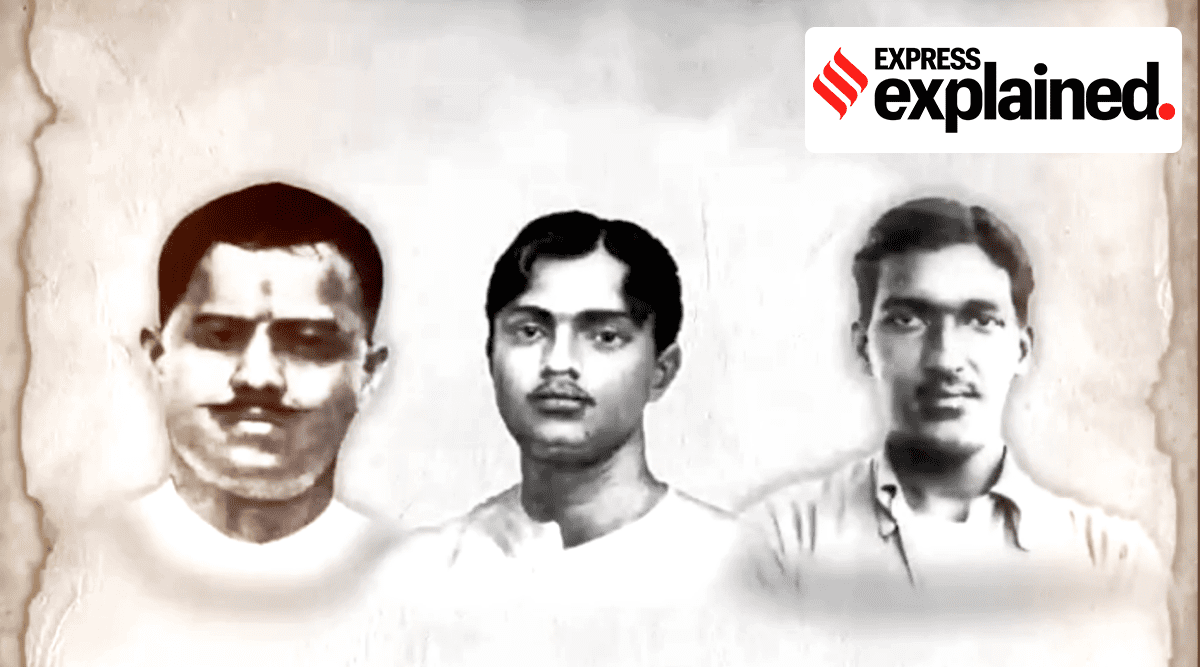Free Courses Sale ends Soon, Get It Now


Free Courses Sale ends Soon, Get It Now



Copyright infringement not intended
Details:
The founding of the Hindustan Republican Association
However, over the latter half of the 1920s, the group was key in carrying out various acts of resistance against British rule, participating in protests against the Simon Commission, the subsequent assassination of assistant police commissioner J.P Saunders, the bombing of Viceroy Irwin’s train, among others. In the 1930s it broke down into various regional factions.
.jpg)
© 2024 iasgyan. All right reserved